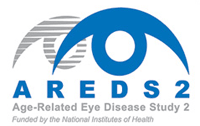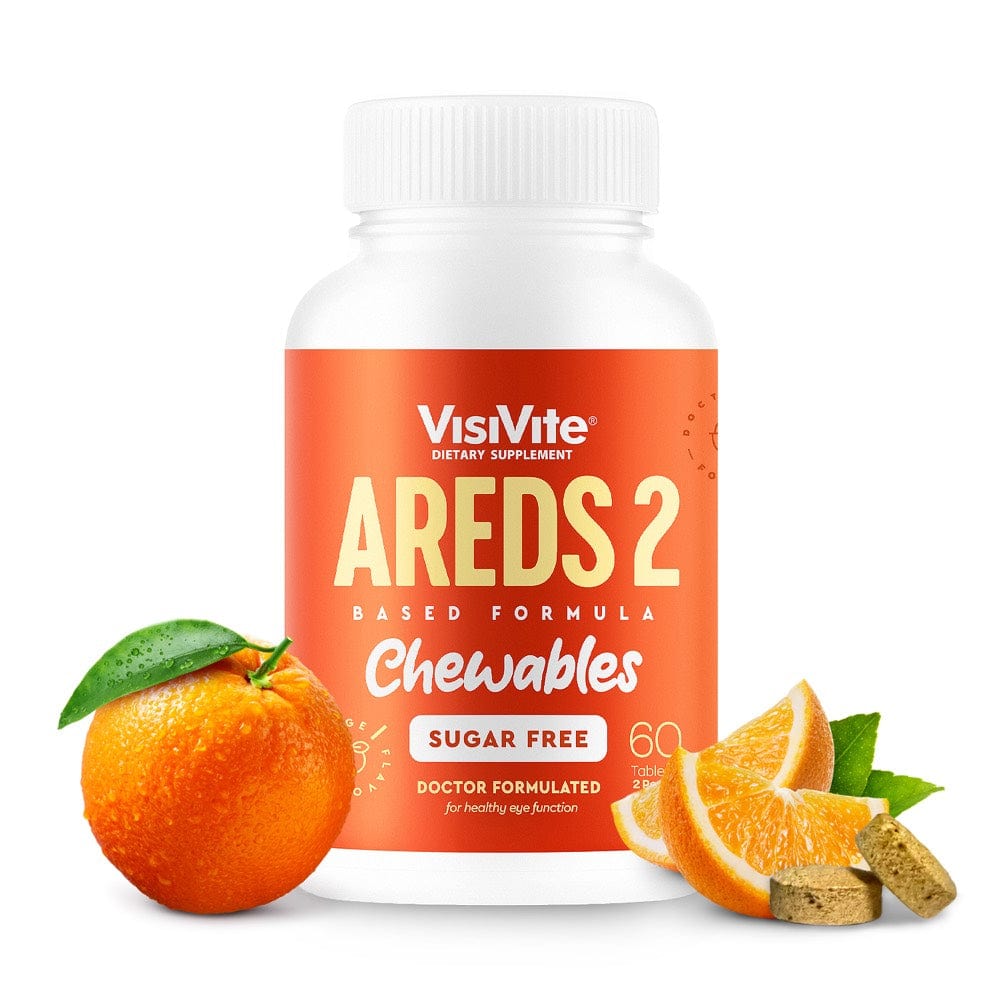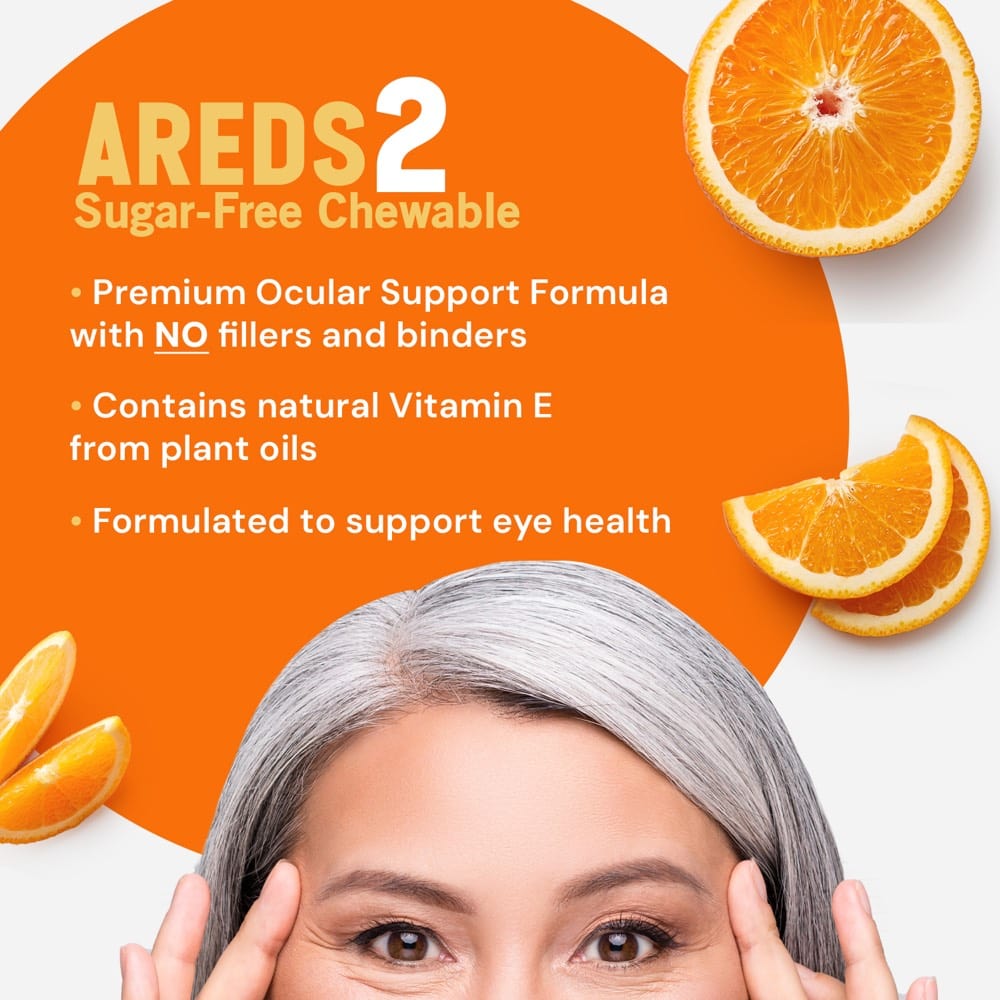For more than 50 years, eye doctors have been recommending eye vitamins to their patients for vision health . But it wasn't until 2001, when the Age-Related Eye Disease Study (AREDS) was published by the National Eye Institute that eye vitamin ingredients were proven to have benefit for macular degeneration. The AREDS 2 ingredients that were published in 2013 refined those from the original study to demonstrate even greater effectiveness with fewer side effects.
What makes the AREDS 2 Ingredients Unique?
One-day multivitamins, although they have many ingredients, are largely not the right ingredients nor the correct amounts to benefit eye health. This is why eye vitamins prior to 2001 failed to show benefit for macular degeneration. What makes AREDS 2 Ingredients unusual is that they combine compounds that are known to be primarily absorbed by delicate retinal tissue in the eye as well as other antioxidant compounds that have benefit for overall health. When the AREDS results were first published in 2001, and even after AREDS 2 was published in 2013, most patients and even many doctors were shocked by the high levels of ingredients in the formulas - ingredients that they felt would be dangerous to take. But both studies showed that the ingredients were safe, and most importantly, that these high levels were essential to have benefit in supporting macular degeneration.
What are the AREDS 2 Ingredients?
The most recent AREDS 2 results showed benefit to macular degeneration with the following ingredients and amounts:
- Lutein: 10 mg
- Zeaxanthin: 2 mg
- Vitamin C: 500 mg
- Vitamin E: 400 IU
- Zinc oxide: 25-80 mg
- Copper added in small amounts to prevent Zinc-induced anemia
What do each of the AREDS 2 Ingredients do?
- Lutein: This is a compound known as a carotenoid. It is preferentially absorbed by the retina, especially the peripheral retina, and acts to absorb blue light and acts as an antioxidant
- Zeaxanthin: Also a carotenoid, this ingredient is preferentially absorbed by the central retina and may be even more important than lutein
- Vitamin C: A water-soluble ingredient commonly found in fruits and vegetables, it acts as an antioxidant
- Vitamin E: A fat-soluble ingredient that acts as an antioxidant
- Zinc oxide: Although many forms of zinc are available on the market, zinc oxide was the ingredient used in both AREDS and AREDS 2. It acts as an antioxidant and an enzyme cofactor
- Copper: Copper prevents Zinc from bumping iron off the hemoglobin molecules, and thus prevents an anemia that could otherwise result in zinc-induced anemia. AREDS and AREDS 2 used a 40 to 1 ratio of zinc to copper.
Do sources of AREDS 2 ingredients matter?
Both synthetic and natural sources of many of the ingredients exist. VisiVite has chosen to provide natural sources whenever possible for its AREDS2 eye formulas.
- Lutein: VisiVite sources its lutein from marigold flowers, and uses the respected natural brand-name, FloraGLO Lutein
- Zeaxanthin: VisiVite sources its zeaxanthin from paprika, and uses the respected natural brand-name, OmniXan Zeaxanthin
- Vitamin E: VisiVite sources its Vitamin E from GMO-free natural plant oils. Natural Vitamin E is designated with the letter "D" as in D-Alpha Tocopherol, whereas synthetic Vitamin E is designated with the two letters, "DL".
- VisiVite's AREDS 2 ingredients are packed in vegetarian capsules, without artificial colors or synthetic fillers. VisiVite formulas are Gluten-Free and Sugar-Free.














